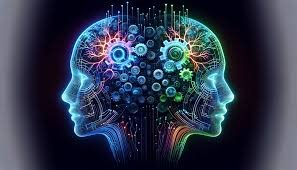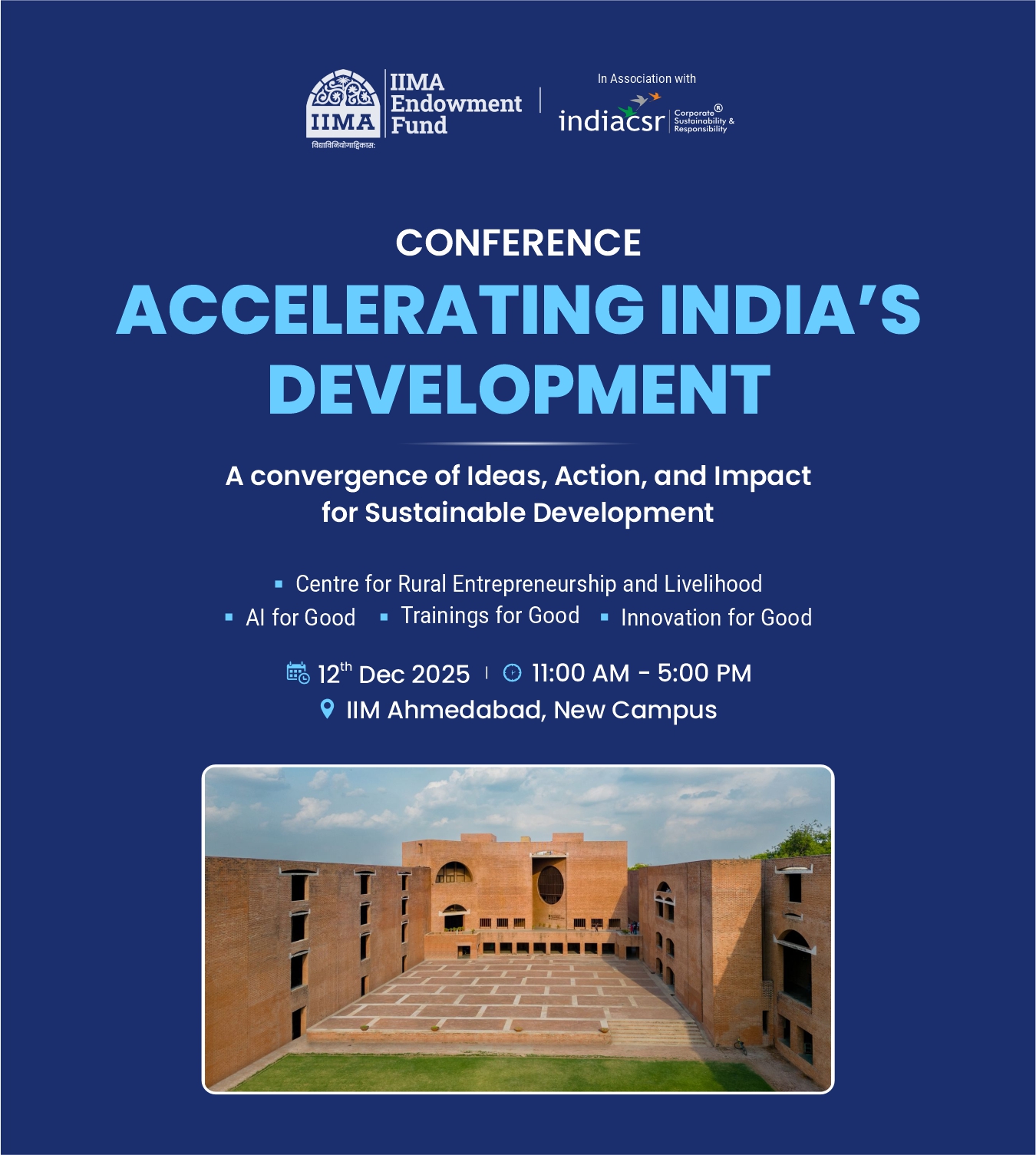The future of AI agents lies in deeper autonomy, multi-agent collaboration, and seamless human-AI partnerships, evolving into ecosystems where agents handle end-to-end workflows with ethical safeguards.
AI agents represent a paradigm shift in artificial intelligence, evolving from passive tools into proactive, autonomous entities that mimic human-like intelligence in dynamic environments. At their core, AI agents are software systems designed to perceive their surroundings—through sensors, data streams, or user inputs—process information via reasoning mechanisms, and execute actions to achieve predefined or emergent goals. Unlike traditional algorithms that operate on fixed rules, AI agents incorporate adaptability, learning from interactions and optimizing behaviors over time. This autonomy enables them to handle uncertainty, multitask, and collaborate, making them indispensable in an era of complex, data-driven challenges.
The anatomy of an AI agent typically includes four key pillars: perception, where inputs like text, images, or sensor data are gathered and interpreted; reasoning, powered by models such as large language models (LLMs) or reinforcement learning algorithms to plan and decide; memory, which stores past experiences for contextual recall; and action, interfacing with tools, APIs, or physical actuators to effect change. Agents can be categorized into types: reactive agents respond immediately to stimuli without foresight; deliberative agents plan multi-step strategies; learning agents improve via machine learning; and hybrid agents blend these for versatility.
In practical terms, consider a customer service AI agent that not only answers queries but anticipates needs by analyzing purchase history, escalating issues to humans when necessary, and learning from feedback to refine responses. This “agentic” behavior—proactive goal pursuit—distinguishes them from chatbots, fostering efficiency in workflows. As intelligent systems, AI agents embody the promise of augmentation, where technology doesn’t replace humans but amplifies creativity and decision-making. Their rise underscores a broader vision: AI as collaborative partners in solving real-world problems, from climate modeling to personalized education.
Meaning: What Are AI Agents?
An AI agent is a system that can observe, reason, and act. It perceives inputs from its environment, processes them using algorithms or learned models, and produces actions that influence the environment.
In simple terms, it’s a machine that behaves intelligently to achieve a goal.
AI agents operate based on the “sense-think-act” cycle:
- Sense: Gather data through sensors or inputs (text, image, audio, or numerical data).
- Think: Analyze information using logic, heuristics, or machine learning models.
- Act: Perform an action or provide an output that changes the environment.
For example, a chatbot senses user input (text), thinks through natural language processing, and acts by generating an intelligent response.

Evolution
The evolution of AI agents mirrors the maturation of AI itself, transitioning from rigid, symbolic systems to fluid, data-centric architectures that prioritize autonomy and adaptability. In the early days, agents were simplistic “if-then” constructs, limited to predefined scenarios. The infusion of machine learning in the 1990s introduced probabilistic reasoning, allowing agents to infer from incomplete data. By the 2010s, deep learning revolutionized perception, enabling agents to process unstructured inputs like natural language or visuals with human-like accuracy.
A pivotal shift occurred with the advent of foundation models, particularly LLMs like GPT series, which endowed agents with generative capabilities for planning and natural interaction. This birthed “agentic AI,” where systems decompose tasks into subtasks, self-correct errors, and iterate toward objectives. Reinforcement learning from human feedback (RLHF) further refined this, teaching agents ethical boundaries and efficiency. Today, multi-agent systems—swarms of specialized agents collaborating—emulate team dynamics, tackling multifaceted problems like supply chain optimization.
Key enablers include scalable compute, vast datasets, and open-source frameworks such as LangChain, which orchestrate agent-tool interactions. Evolutionarily, agents have moved from isolated actors to ecosystem integrators, interfacing with IoT devices for real-world agency. Challenges persist, like hallucination mitigation and energy efficiency, but advancements in procedural memory architectures now allow agents to incrementally learn and reuse operational knowledge, enhancing long-term autonomy. This trajectory points toward general intelligence, where agents not only execute but innovate, reshaping human-technology symbiosis.
History
The history of AI agents is a tapestry of visionary ideas, computational breakthroughs, and societal reckonings, spanning over seven decades and culminating in the agentic revolution of the 2020s.
The conceptual seeds were sown in the 1940s-1950s with cybernetics pioneers like Norbert Wiener, who envisioned feedback loops in machines. Alan Turing’s 1950 paper “Computing Machinery and Intelligence” introduced the Imitation Game, laying groundwork for agent-like evaluation. The 1956 Dartmouth Conference, often dubbed AI’s birth, convened John McCarthy, Marvin Minsky, and others to explore “thinking machines,” birthing early agent prototypes.
The 1960s-1970s saw rule-based agents emerge amid optimism. Joseph Weizenbaum’s ELIZA (1966), a pattern-matching chatbot simulating a therapist, demonstrated basic conversational agency, though it exposed limitations in true understanding. The first AI winter (1974-1980) stalled progress due to overhyped expectations, but expert systems like DENDRAL (1965) for chemical analysis proved agents’ diagnostic potential. MYCIN (1976), an antimicrobial advisor, achieved 69% accuracy rivaling humans, using backward-chaining inference.
The 1980s-1990s brought second-wave agents with logic programming. PROLOG (1972) enabled declarative reasoning, while the Intelligent Software Agents paradigm (1990s) integrated planning and learning. Rodney Brooks’ subsumption architecture (1986) inspired reactive robots, emphasizing situated agency over abstract reasoning. The second AI winter (1987-1993) followed, triggered by Lisp machine market collapse, but NASA’s Remote Agent Experiment (1999) tested autonomous spacecraft control, blending deliberation and reactivity.
The 2000s heralded data-driven evolution. Reinforcement learning formalized in Richard Sutton’s 1988 work matured with Q-learning applications. IBM’s Deep Blue defeated Kasparov in chess (1997), showcasing search-based agency, while Watson’s Jeopardy! triumph (2011) integrated NLP and knowledge graphs for question-answering agents.
The 2010s deep learning explosion accelerated agency. AlexNet’s 2012 ImageNet win unlocked visual perception for agents in self-driving cars like Waymo. AlphaGo (2016) combined deep nets and Monte Carlo tree search, defeating Lee Sedol and epitomizing strategic autonomy. Conversational agents proliferated: Siri (2011), Alexa (2014), and Google Assistant harnessed cloud-scale data.
The 2020s marked agentic maturity. GPT-3 (2020) scaled LLMs to 175 billion parameters, enabling emergent reasoning. OpenAI’s o1 model (2024) introduced chain-of-thought prompting for complex planning. Devin (2024), Cognition Labs’ software engineering agent, autonomously codes and debugs, slashing development time. In 2024, procedural memory architectures emerged, allowing agents to store and reuse learned procedures for incremental skill-building. By mid-2025, multi-agent frameworks like AutoGen facilitated collaborative swarms, as seen in Microsoft’s Copilot ecosystem.
Regulatory milestones intertwined: the EU AI Act (2024) classified high-risk agents, while U.S. agencies issued 59 AI regulations in 2024—double 2023’s count. The 2025 Hype Cycle highlighted agentic AI’s plateau of productivity, with trends like application-specific semiconductors boosting edge deployment. From humble chatbots to autonomous orchestrators, AI agents’ history reflects humanity’s quest for intelligent companionship, tempered by ethical imperatives.
- 1950s–1960s: Foundations of AI – Alan Turing’s 1950 Turing Test proposed evaluating machine intelligence through human-like conversation. The 1956 Dartmouth Conference formalized AI as a field. In 1966, ELIZA became the first chatbot, simulating basic therapy sessions.
- 1970s–1980s: Rule-Based Systems – Expert systems like MYCIN (1970s) used if-then rules for diagnostics. PROLOG (1972) enabled logic programming, and reinforcement learning concepts emerged in 1988 with Sutton and Barto’s work.
- 1990s: Intelligent Agents – Agents began incorporating simple autonomy and information processing, paving the way for virtual assistants.
- 2000s: Machine Learning Era – Agents leveraged data-driven learning; IBM’s Watson won Jeopardy! in 2006, demonstrating NLP and knowledge retrieval.
- 2010s: Deep Learning Boom – AlexNet’s 2012 image recognition success advanced neural networks, enabling applications in autonomous vehicles. GPT-3 (2020) revolutionized conversational capabilities with its massive parameter scale.
- 2020s: Agentic AI – Agents now achieve high independence, as seen in tools like Devin AI for coding. This era focuses on proactive problem-solving and team-like collaboration.
***
Applications
AI agents are no longer theoretical; they permeate industries, automating cognition-intensive tasks and unlocking unprecedented efficiencies. As of 2025, AI-enabled workflows have surged from 3% to 25% of enterprise processes, driven by role-based agents embedded in cloud platforms.
In marketing and sales, Oracle’s Fusion Cloud AI agents personalize campaigns by analyzing consumer data in real-time, generating tailored content, and predicting churn—unlocking new revenue streams for leaders. A consumer packaged goods firm reported 40% productivity gains using agents for lead scoring and A/B testing. Similarly, in e-commerce, agents like those from Adobe Sensei optimize pricing dynamically, boosting conversions by 15-20%.
Customer service has transformed via conversational agents. Zendesk’s Answer Bot resolves 80% of queries autonomously, integrating with CRM for context-aware responses. In banking, JPMorgan’s COiN agent reviews contracts in seconds, what took lawyers 360,000 hours annually, cutting costs by 10x.
Read the Report

Healthcare applications leverage diagnostic agents. IBM Watson Health’s agents sift electronic records for personalized treatment plans, accelerating drug discovery by 25% in biopharma. During pandemics, agents modeled outbreak spreads, as in Google’s COVID-19 agent simulations.
Software development sees coding agents like GitHub Copilot and Devin evolve into full-stack collaborators. LangChain-powered platforms orchestrate agents for end-to-end app building from natural language specs, revolutionizing dev teams. In 2025, OpenAI’s Agents SDK enables lightweight, custom agents for niche tasks like bug triage.
Finance employs predictive agents for fraud detection; Mastercard’s AI flags anomalies with 95% accuracy. In manufacturing, Siemens’ agents optimize supply chains via IoT integration, reducing downtime by 30%.
| Industry | Key Applications | Impact Metrics |
|---|---|---|
| Marketing/Sales | Personalized campaigns, lead gen | 40% productivity boost; 15-20% conversion uplift |
| Customer Service | Query resolution, escalation | 80% autonomous handling; 10x cost reduction |
| Healthcare | Diagnostics, drug discovery | 25% faster R&D; improved accuracy |
| Software Dev | Code gen, testing | End-to-end automation; time slashed 50% |
| Finance/Manufacturing | Fraud detection, optimization | 95% accuracy; 30% downtime cut |
These applications follow an observe-plan-act loop, with agents interfacing via APIs for seamless execution. As platforms like the 10 leading AI agent tools (e.g., LangChain, CrewAI) proliferate, adoption barriers lower, fostering innovation across sectors.
Applications: Where AI Agents Are Making an Impact
AI agents now touch every aspect of our personal, professional, and industrial lives.
1. Business and Customer Service
AI chatbots, virtual assistants, and CRM bots handle millions of customer interactions daily, reducing human workload while increasing satisfaction and speed.
2. Healthcare
AI agents assist in diagnostics, medical imaging, and personalized treatment recommendations. Robotic surgical agents and AI nurse assistants are revolutionizing patient care.
3. Finance and Banking
From fraud detection to algorithmic trading, AI agents make data-driven financial decisions faster than any human could, ensuring accuracy and profitability.
4. Education
Intelligent tutoring systems and personalized learning agents adapt to a student’s pace and style, redefining the classroom experience.
5. Autonomous Vehicles
Self-driving cars use a network of AI agents that process real-time sensor data to navigate roads, avoid obstacles, and make split-second decisions safely.
6. Manufacturing and Supply Chain
Robotic process automation (RPA) and predictive maintenance agents increase efficiency, reduce downtime, and manage inventory with precision.
***

Opportunities
The proliferation of AI agents in 2025 heralds multifaceted opportunities, from economic multipliers to societal advancements, projected to propel the global market from $7.38 billion in 2025 to $47.1 billion by 2030 at a 44.8% CAGR. Businesses stand to gain through hyper-personalization and operational scaling; a BCG study notes 45% CAGR in agent adoption, enabling small teams to rival enterprises by automating 30% of routine tasks.
Talent opportunities abound: upskilling in agent orchestration creates roles like “AI wranglers,” blending tech and domain expertise. Enterprises investing $1 in generative AI reap $3.70 returns, per Microsoft, fueling ROI-driven pilots in R&D and analytics. Societally, agents democratize access—educational agents tutor underserved students, while environmental ones monitor biodiversity via satellite data.
Ethical opportunities emerge in governance: frameworks for bias auditing ensure equitable deployment, opening doors for inclusive AI policies. Cross-industry collaborations, like agent marketplaces, foster ecosystems where developers monetize custom agents, spurring innovation. In sustainability, agents optimize energy grids, potentially cutting emissions by 20%. Overall, these opportunities position AI agents as catalysts for a more agile, equitable future, provided stakeholders prioritize responsible integration.
Opportunities: The New Frontier of AI-Driven Growth
AI agents offer enormous opportunities for innovation, productivity, and sustainability.
1. Enhancing Human Capability
Rather than replacing humans, AI agents augment their capabilities — enabling professionals to focus on creativity, empathy, and strategy while agents handle repetitive work.
2. Democratizing Access to Knowledge
AI-powered digital tutors and assistants are helping bridge the global knowledge gap, bringing personalized education and advisory services to every corner of the world.
3. Driving Business Transformation
Incorporating AI agents into workflows enables companies to become self-optimizing organizations — continuously improving through data feedback loops.
4. Sustainability and Social Impact
AI agents can model environmental data, optimize resource use, and support climate-friendly decisions — contributing directly to the UN’s Sustainable Development Goals (SDGs).
***
The Future of Intelligent Systems
Peering into the horizon, AI agents are poised to redefine intelligent systems by 2030, evolving into ubiquitous, hyper-autonomous entities that orchestrate daily life and global challenges. Salesforce envisions personal agents managing schedules, shopping, and negotiations seamlessly, acting as digital proxies with unwavering loyalty. Google DeepMind predicts agents mastering complex engineering, from autonomous coding to infrastructure design, amplifying human ingenuity.
By 2030, agents could inject $15.7 trillion into the global economy—26% growth—via sectors like healthcare diagnostics and autonomous transport. Multi-agent marketplaces will birth micro-enterprises run entirely by AI “employees,” from freelance design firms to dynamic financial systems. In marketing, agents may automate 30% of hours, crafting hyper-personalized narratives at scale.
Challenges loom: AGI timelines suggest breakthroughs by 2030, but risks like misalignment demand robust safeguards. Talent shifts will see organizations prioritize “superagency”—humans augmented by agent teams—for strategic oversight. Ethical AI, with built-in transparency, will be paramount, ensuring agents enhance rather than erode trust.
Ultimately, the future heralds symbiotic ecosystems: agents as invisible enablers, solving climate crises via predictive modeling or democratizing knowledge through adaptive learning. By fostering human-AI harmony, intelligent systems will unlock a renaissance of innovation, where agency knows no bounds.
The Future: Towards Conscious and Collaborative AI
1. From Reactive to Proactive Agents
Next-generation AI agents will not just respond to commands — they’ll anticipate needs. Proactive AI can schedule meetings, manage energy usage, or design solutions before humans even ask.
2. Multi-Agent Collaboration
We are entering an era where AI agents will work together — negotiating, sharing information, and collectively solving problems. Think of a “digital workforce” where each agent specializes in a specific task but cooperates with others.
3. Ethical and Responsible AI
As agents become more powerful, questions of accountability, bias, and ethics will dominate. Governments and corporations must ensure that AI operates transparently and in alignment with human values.
4. Integration with the Physical World
The fusion of AI with robotics and the Internet of Things (IoT) will blur the line between digital and physical intelligence. Smart cities, intelligent homes, and connected vehicles will be the natural habitat of these agents.
(India CSR)






